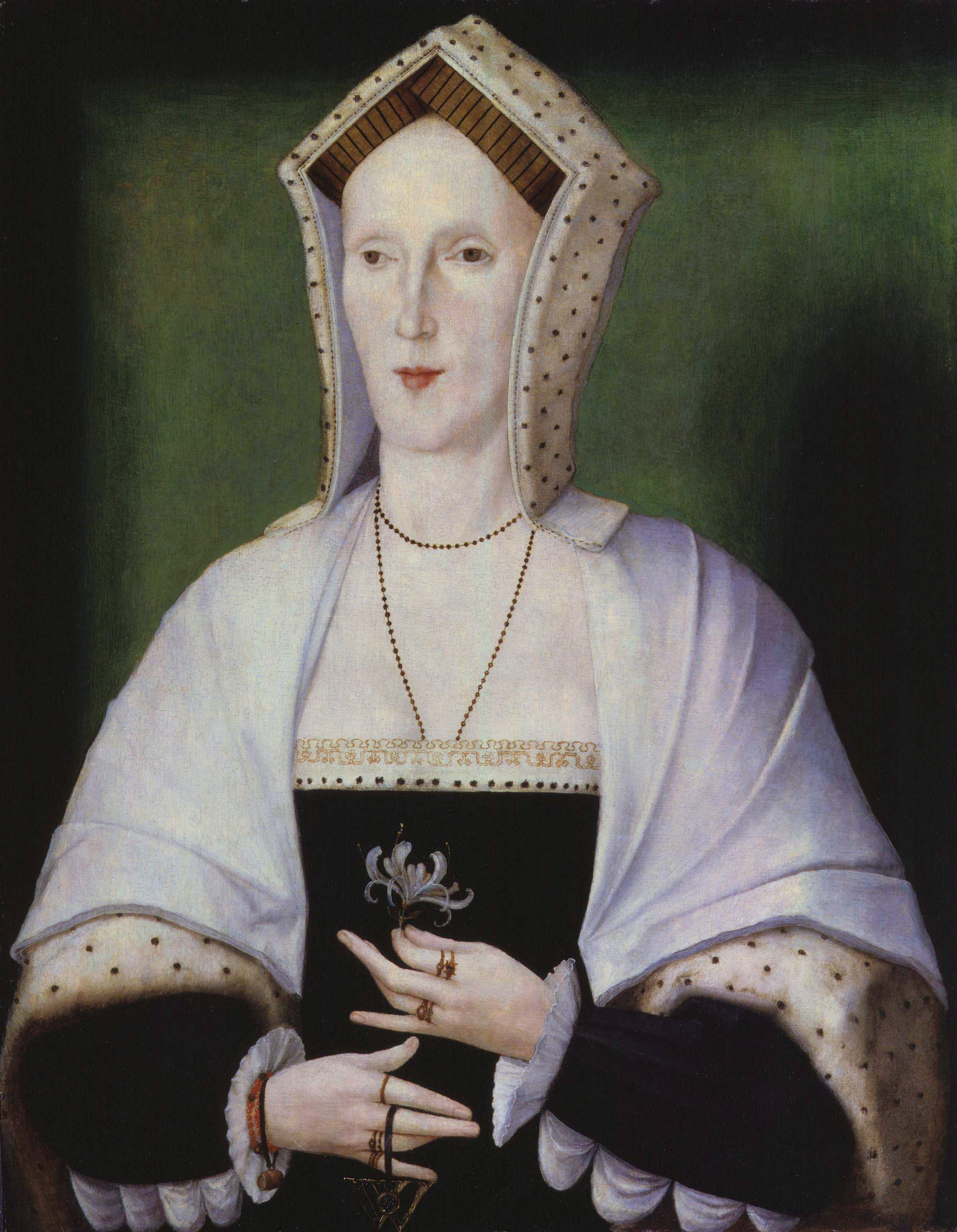by Susan Flantzer © Unofficial Royalty 2014

King Felipe VI of Spain; Credit – Wikipedia
King Felipe VI of Spain was born at the Nuestra Señora de Loreto Clinic in Madrid, Spain on January 30, 1968. He is the only son and third child of King Juan Carlos of Spain and his wife, Queen Sofia, born Princess Sophia of Greece. At the time of King Felipe’s birth, Spain was ruled by the dictator General Francisco Franco and his father had no official title or position in Spain. However, King Felipe was registered in the Civil Registry as Infante with the style of Royal Highness.
Felipe has two older sisters:
- Infanta Elena, Duchess of Lugo (born 1963), married and divorced Jaime de Marichalar y Sáenz de Tejada, and had one son and one daughter
- Infanta Cristina (born 1965), married and divorced Iñaki Urdangarín, had three sons and one daughter
On February 8, 1968, Felipe was baptized at Zarzuela Palace by Monsignor Casimiro Morcillo, Archbishop of Madrid.
His godparents were:
- Infante Juan, Count of Barcelona, his paternal grandfather
- Queen Victoria Eugenia, his paternal great-grandmother and the widow of King Alfonso XIII of Spain and a granddaughter of Queen Victoria who returned to Spain for the first time since she and her husband were exiled in 1931
Felipe was baptized with the following names:
- Felipe: in honor of his ancestor King Felipe V, the first Bourbon who reigned in Spain
- Juan: in honor of his paternal grandfather Infante Juan, Count of Barcelona
- Pablo: in honor of his maternal grandfather, King Paul I of Greece
- Alfonso: in honor of great-grandfather King Alfonso XIII of Spain
- De Todos los Santos, (of All the Saints): continuing a Bourbon tradition

Queen Victoria Eugenie holding Felipe at his baptism, his other godparent Infante Juan, Count of Barcelona is in the middle of the photo; Photo Credit – www.casareal.es
In 1969, General Franco recognized Juan Carlos as his successor and bestowed upon him the title of Prince of Spain. King Felipe then became second in the line of succession to the vacant throne. Juan Carlos became King of Spain in 1975 upon the death of General Franco. On January 22, 1977, King Felipe was formally created Prince of Asturias, the title traditionally held by the heir to the Spanish throne.
King Felipe attended Santa María de los Rosales School (link in Spanish) in Madrid, Spain until 1984, when he was 16. For his last year of secondary education, he attended Lakefield College School in Lakefield, Ontario, Canada. In 1985, King Felipe started his military education at the General Military Academy in Zaragoza, Spain, and studied there for three years. From 1988 – 1993, he attended the Autónoma University of Madrid, where he graduated with a degree in law. King Felipe obtained a Master’s Degree in International Relations at the Edmund Walsh School of Foreign Service at Georgetown University in Washington, DC where he studied from 1993 – 1995 and was a roommate of his first cousin Crown Prince Pavlos of Greece.
In 1992, King Felipe was a member of the Spanish Olympic Sailing Team at the Barcelona Summer Olympics. He was the flag bearer at the Opening Ceremonies and his Soling Class sailing team finished in sixth place.
On November 1, 2003, to the surprise of many, Felipe’s engagement to Letizia Ortiz Rocasolano, a journalist and television news reporter and anchor, was announced. The couple was married on May 22, 2004, at the Santa María la Real de La Almudena Cathedral in Madrid, Spain.

Credit – http://www.casareal.es
King Felipe and Queen Letizia have two daughters:
- The Princess of Asturias (Leonor de Todos los Santos de Borbón Ortiz), born October 31, 2005, at the Ruber International Clinic in Madrid, Spain
- Infanta Sofía (Sofía de Todos los Santos de Borbón Ortiz), born on April 29, 2007, at the Ruber International Clinic in Madrid, Spain

King Felipe with his family in 2019; Credit – Wikipedia
On June 2, 2014, King Juan Carlos, Felipe’s father, announced his intention to abdicate the throne in favor of his son. On June 18, 2014, King Juan Carlos signed the formal instrument of abdication and Felipe ascended the throne at midnight. King Felipe VI was sworn in and proclaimed as king on June 19, 2014, in a ceremony in the Congress of Deputies, the lower house of the Spanish legislature.
This article is the intellectual property of Unofficial Royalty and is NOT TO BE COPIED, EDITED, OR POSTED IN ANY FORM ON ANOTHER WEBSITE under any circumstances. It is permissible to use a link that directs to Unofficial Royalty.
Kingdom of Spain Resources at Unofficial Royalty
- Kingdom of Spain Index
- Line of Succession to the Throne of Spain
- Monarchs of a United Spain (since 1516)
- Profiles of the Spanish Royal Family
- Spanish Royal Burial Sites
- Spanish Royal Christenings
- Spanish Royal Dates
- Spanish Royal FAQs
- Spanish Royal Links
- Spanish Royal Weddings
- Spanish Royal Residences






















